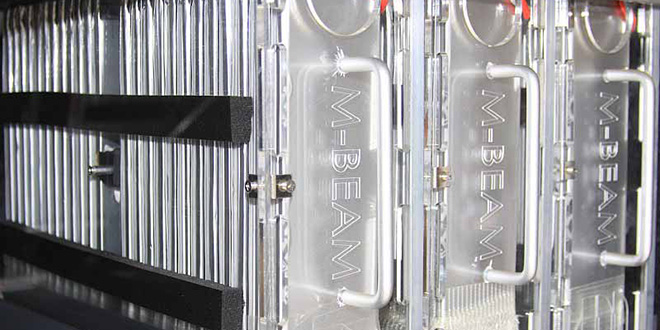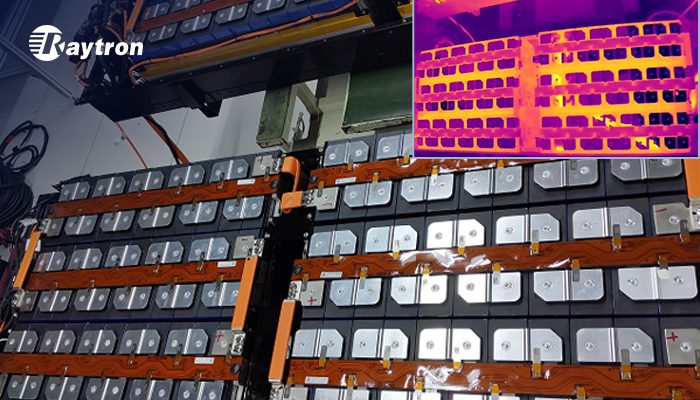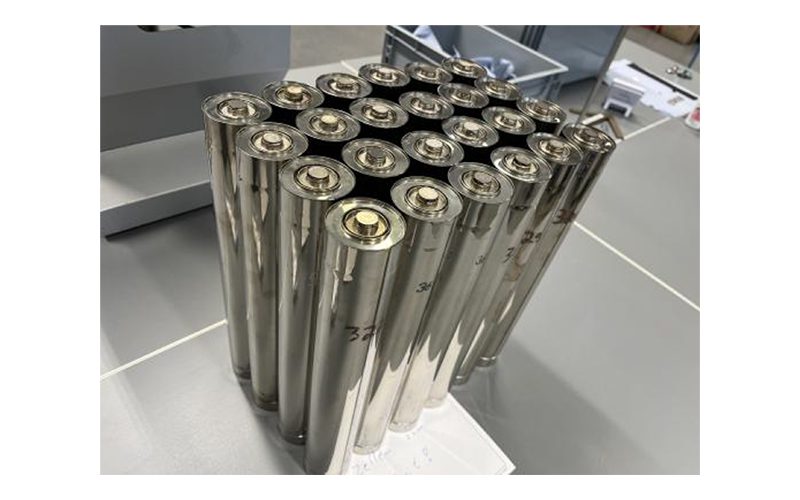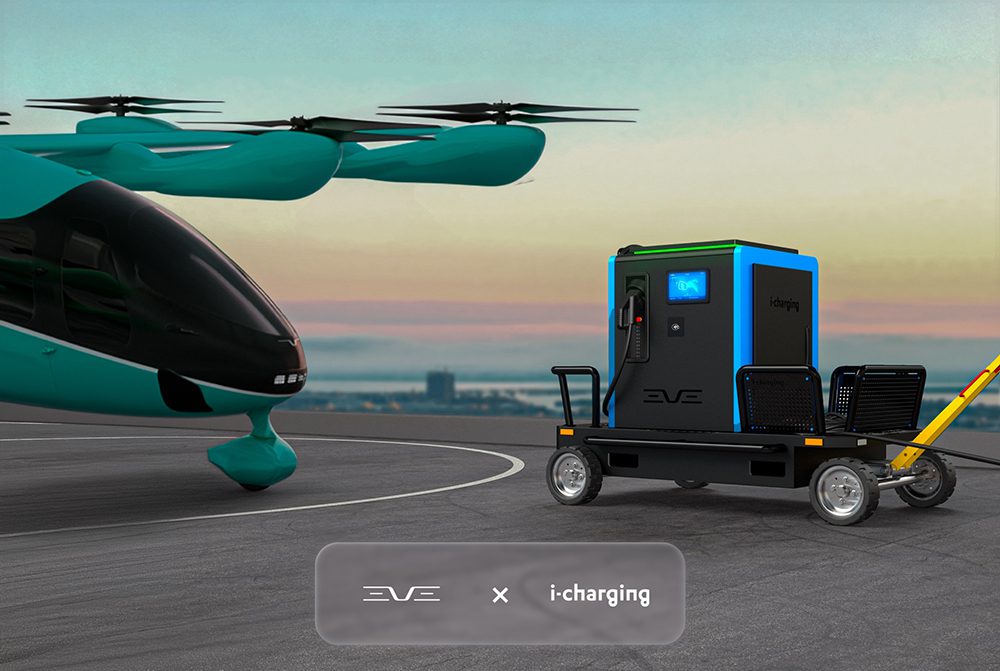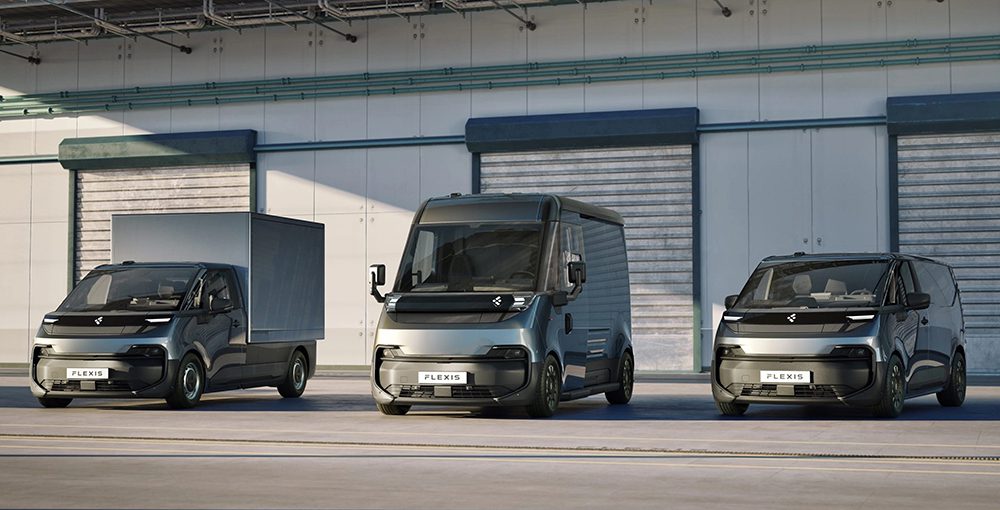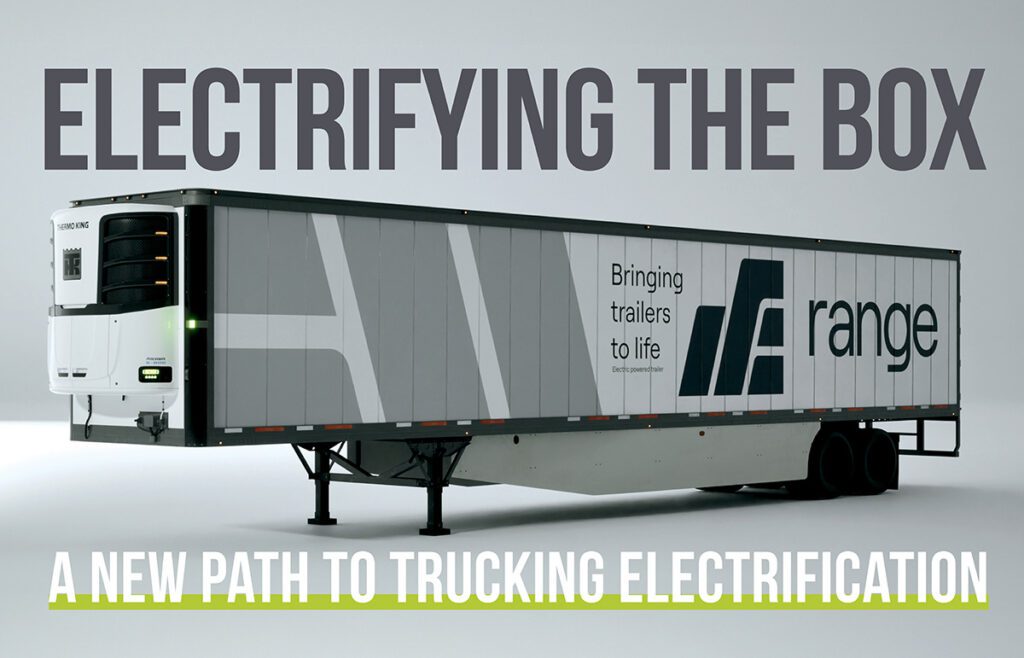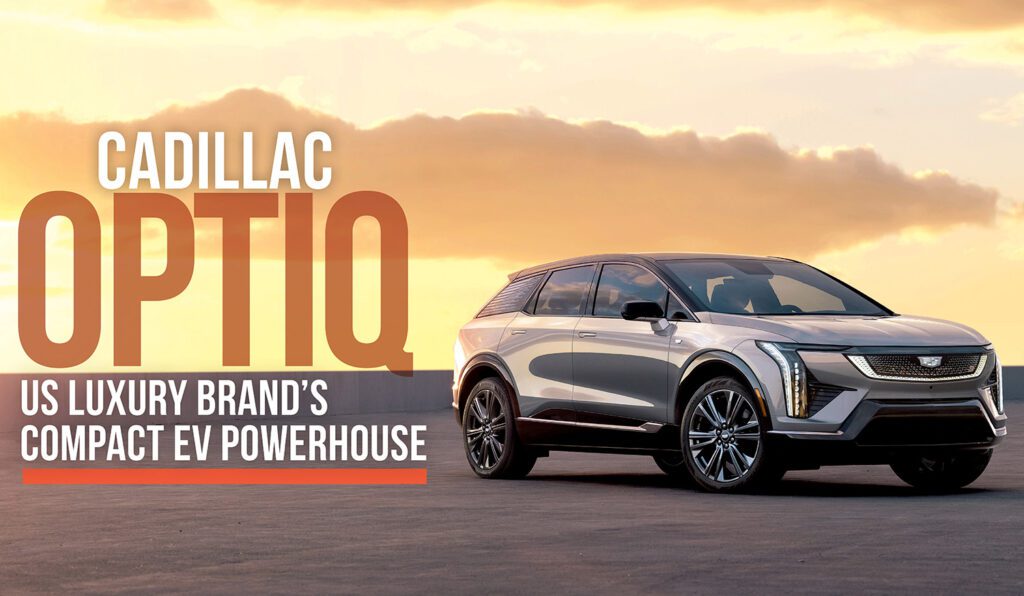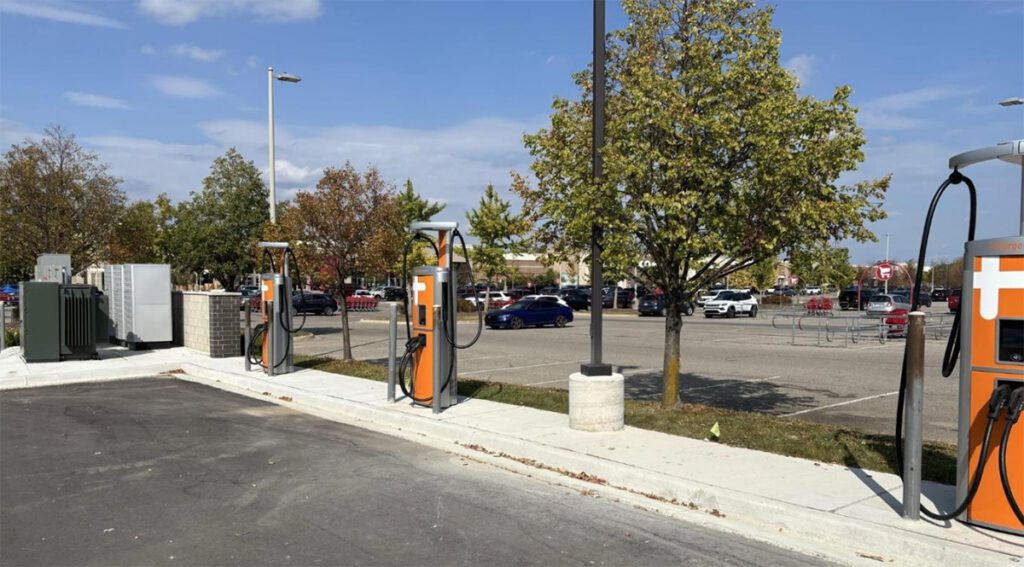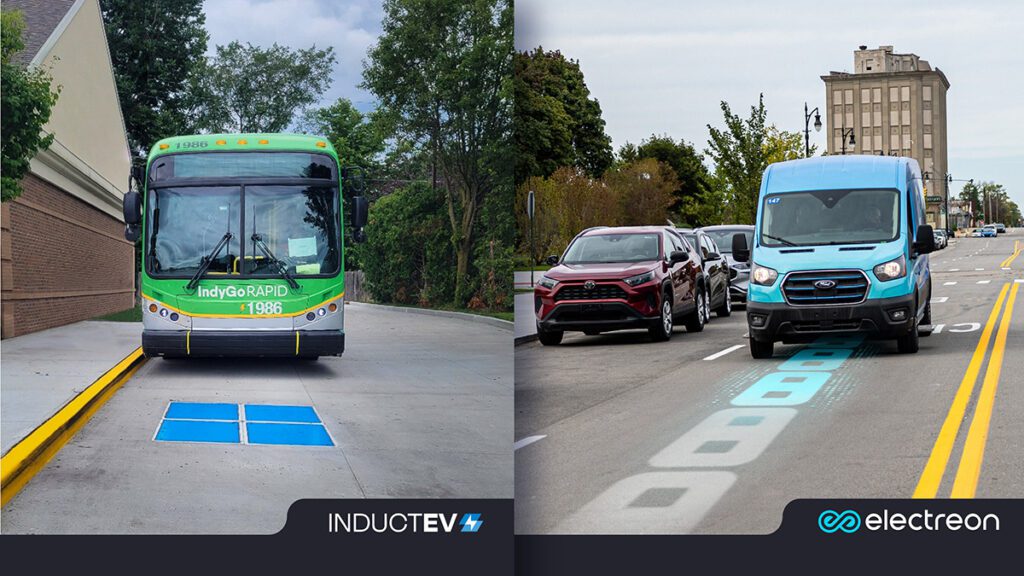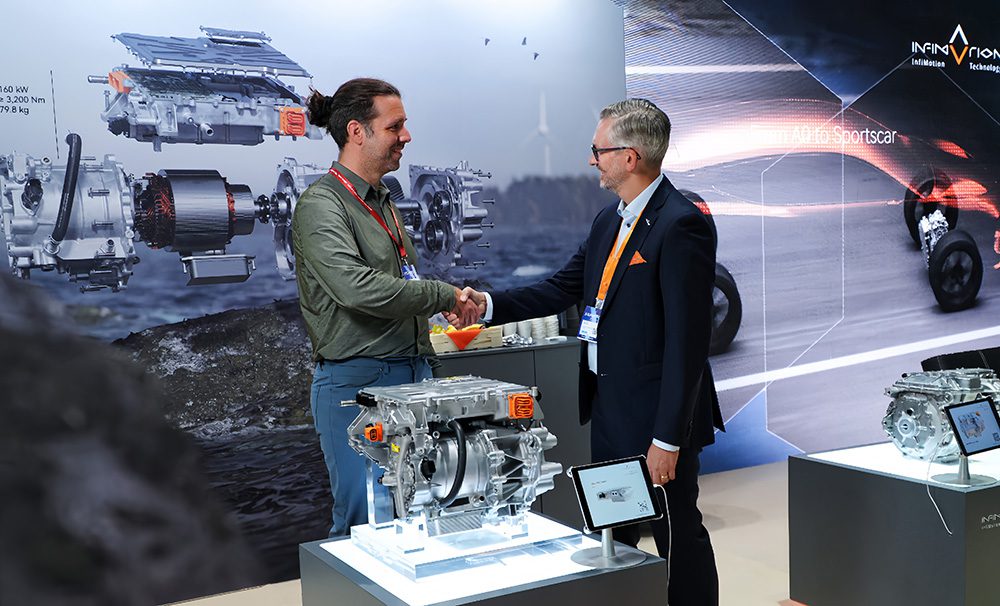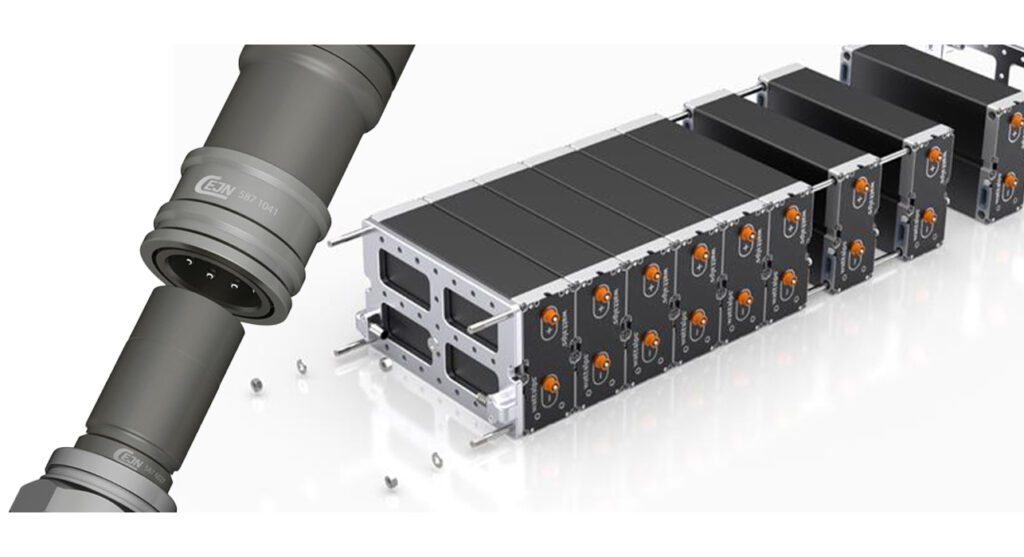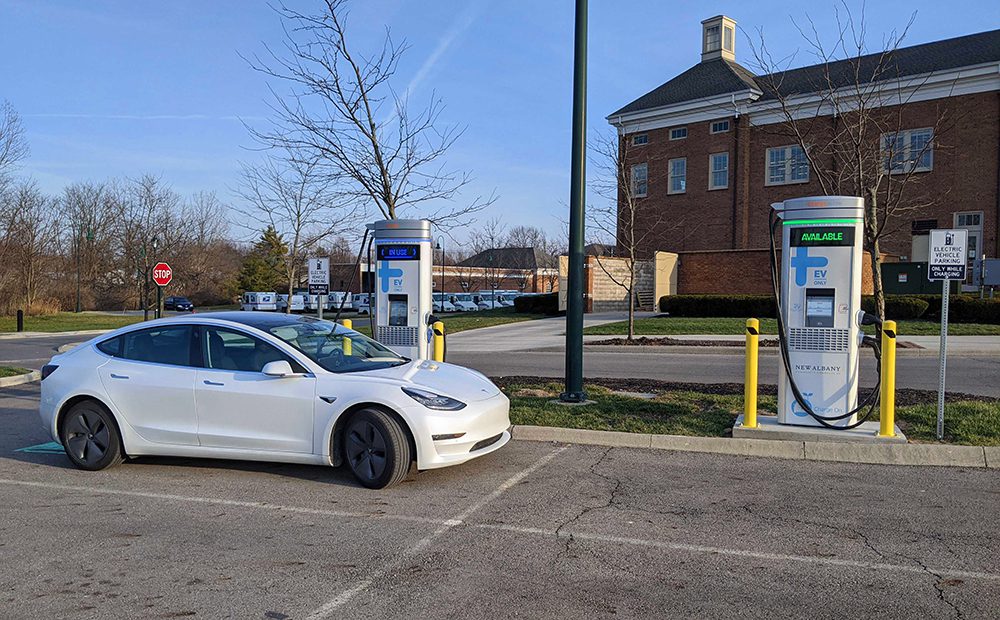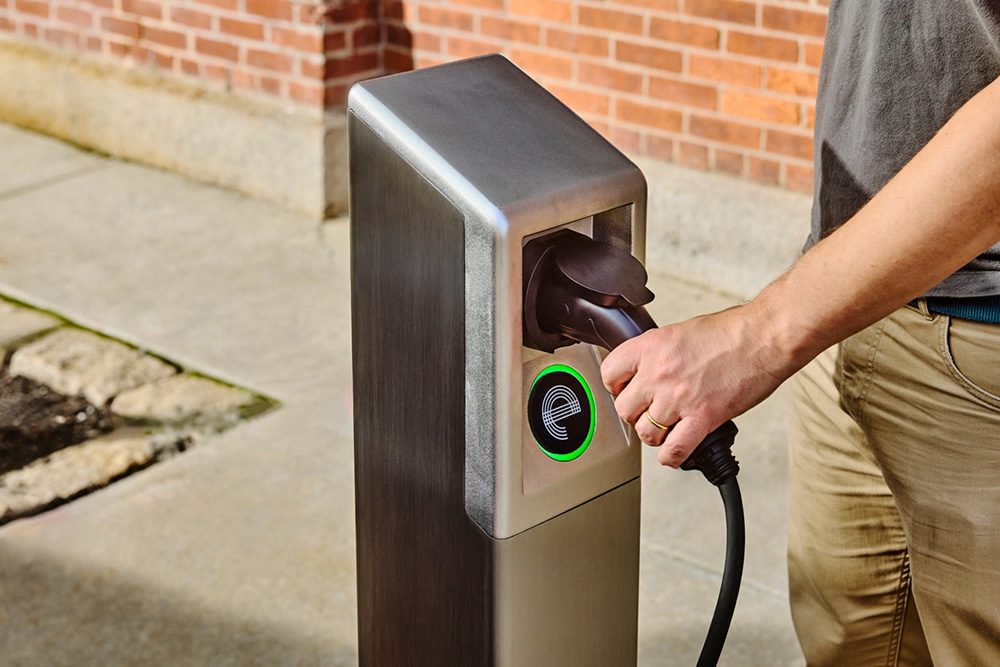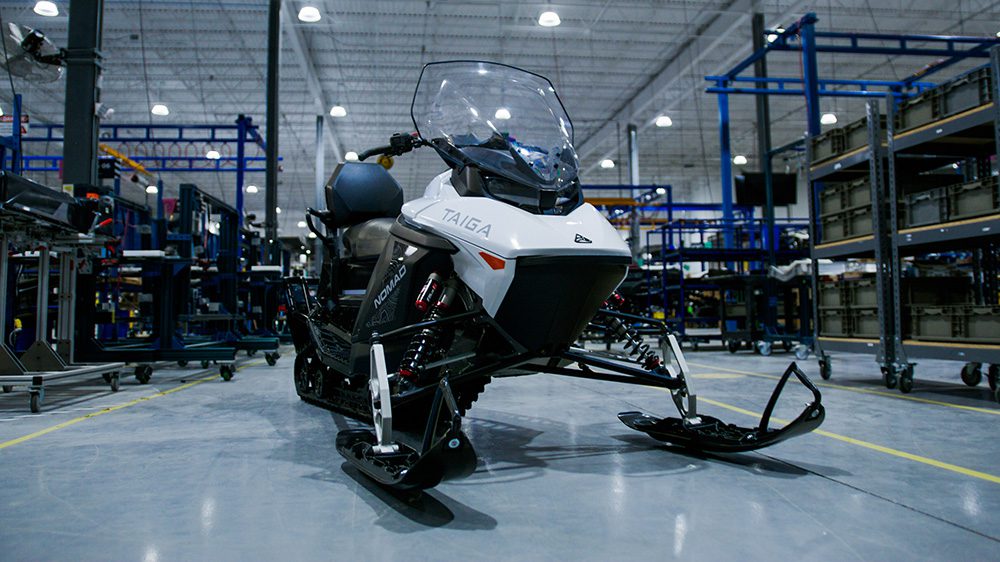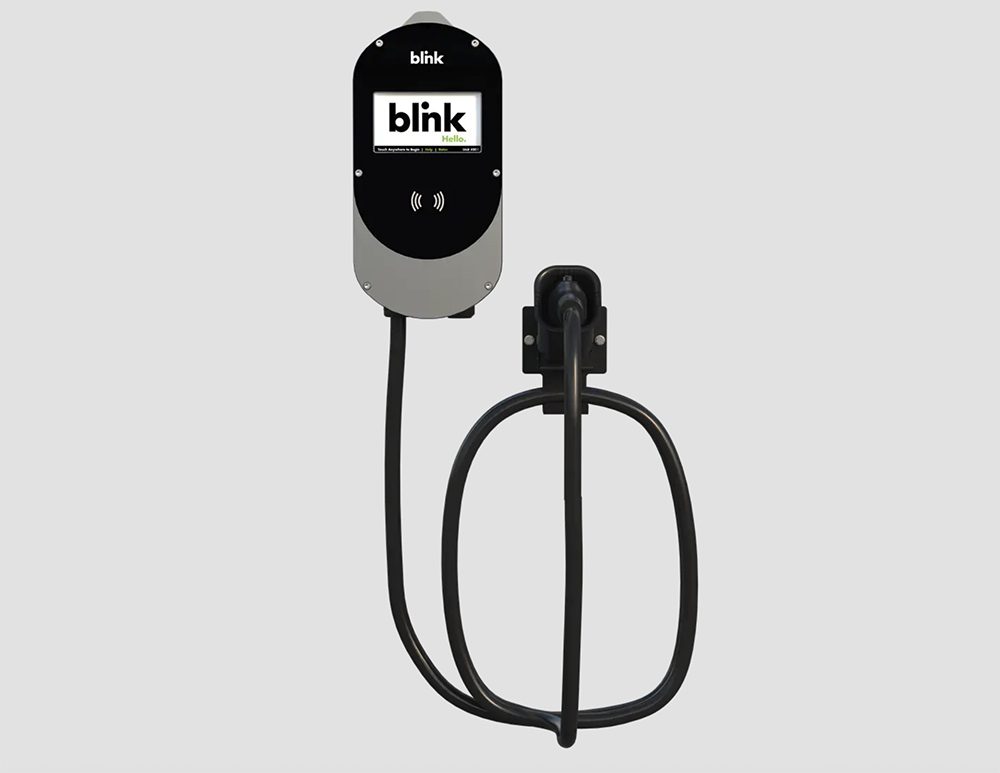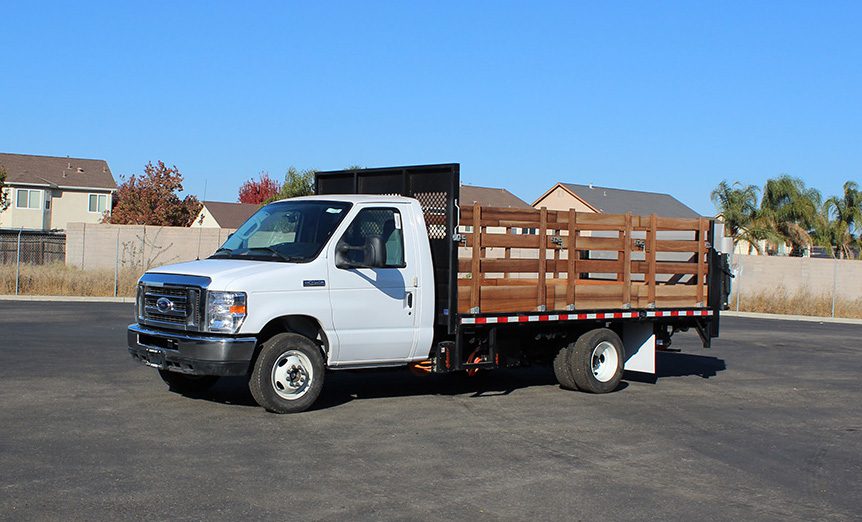The idea of battery swapping for EVs has been around for some time, but the reality has not been auspicious. Better Place bet on the concept and went bankrupt. Tesla successfully demonstrated a battery swap in 2013, but so far has not gotten around to opening any swap stations to the public.
A team of engineers at the University of California, San Diego is working on a different approach. Rather than swapping out the whole battery, which requires large, heavy equipment, the idea behind The Modular Battery Exchange and Active Management (M-BEAM) is to swap out and recharge smaller modules within the battery.
The team has converted a VW Golf, has built the modules for one of the two battery packs they plan to use, and are now looking for additional sponsors for the project. They have published their findings in a recent paper titled Current Scheduling for Parallel Buck Regulated Battery Modules.
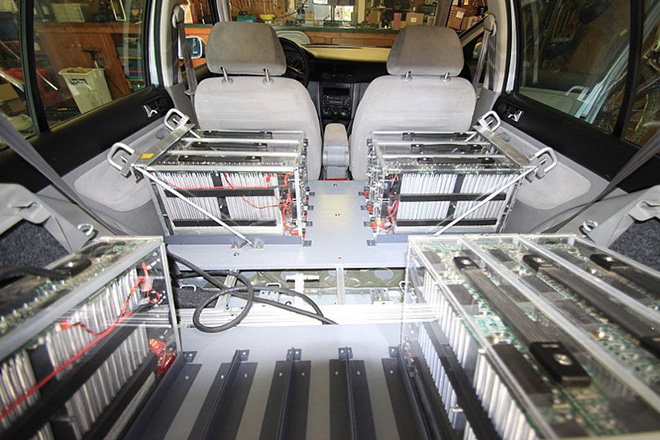
The engineers plan to demonstrate the technology on a cross-country trip, taking breaks that are only a few minutes long to swap out the modules, which will be recharged in a chase vehicle.
“This is a game-changing technology,” said Lou Shrinkle, an electrical engineer who is one of the project sponsors. “This idea may seem straightforward, but there were some tough technical challenges that we had to solve to make this system robust and practical.”
“This requires a completely different way of thinking on battery management,” said team member Raymond de Callafon, a mechanical engineering professor at UC San Diego. “Electric storage capacity is increased when modules are connected in parallel, but this requires a careful control of stray currents between modules.”
20 battery module control boards are finished! pic.twitter.com/jqdkQwxJx1
— M-BEAM (@MBEAMXC) April 17, 2014
De Callafon is working on algorithms for charge estimation and current control, which will be able to handle battery modules with different charge levels, chemistry, age and condition.
In addition to reducing range anxiety and possibly lowering the purchase price of EVs, the team says the system could benefit city-dwellers who don’t have access to charging stations. Exchangeable modules could be taken out of the car and recharged at home, perhaps also forming part of an in-home back-up power system.
RELATED: Carlos Ghosn sees little future in battery swapping
However, at 20 to 30 pounds each, the modules are not exactly light-weight. There would need to be an infrastructure that allows users to lease or purchase the rechargeable modules. Electric shock can also be a risk. The battery management system ensures that the output voltage is zero unless the battery is in the vehicle and enabled by a key switch. Modules are configured to exhibit only safe low voltages in case of a crash, and have solid-state switches to handle a short circuit condition.
Source: UC San Diego via Science Daily







